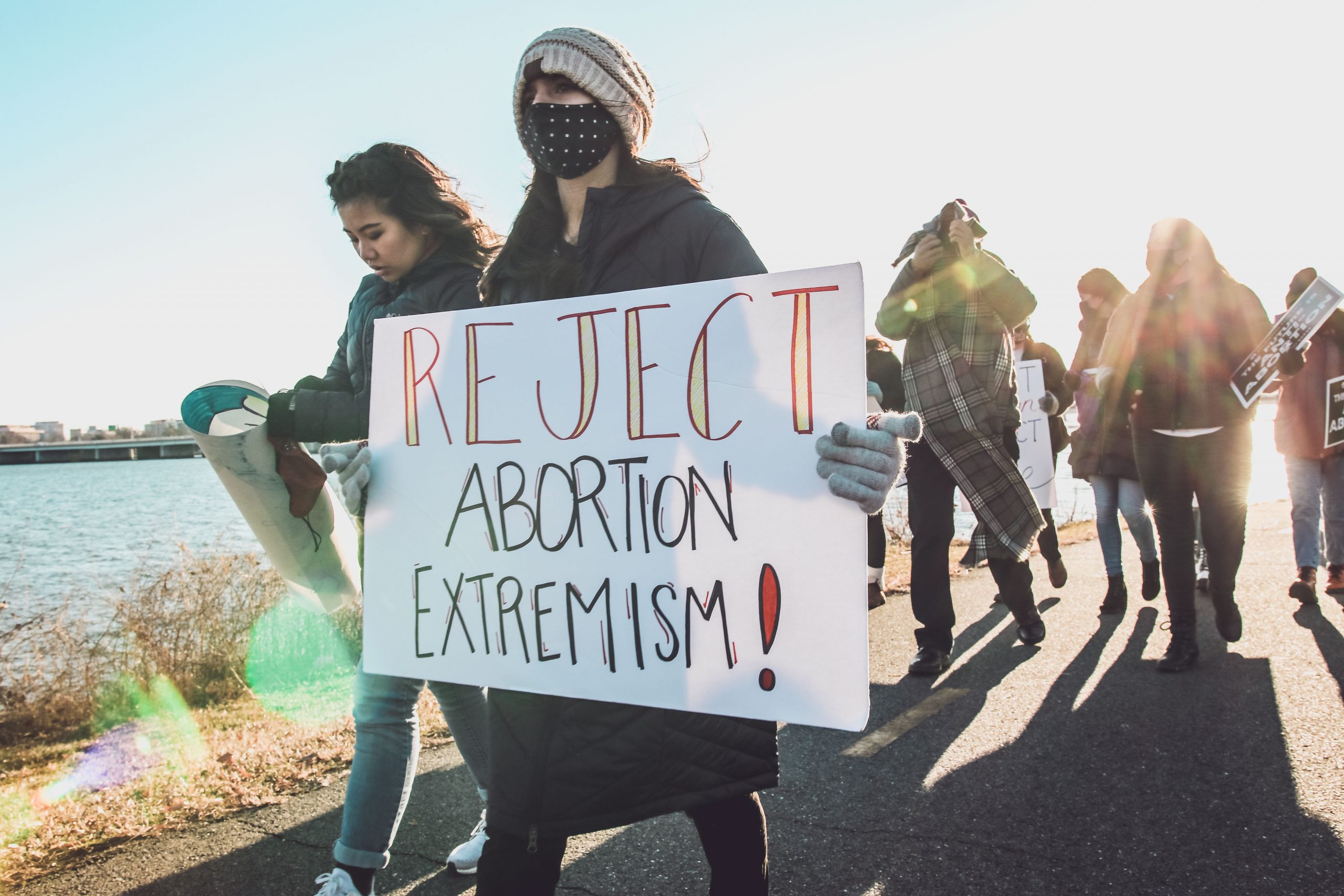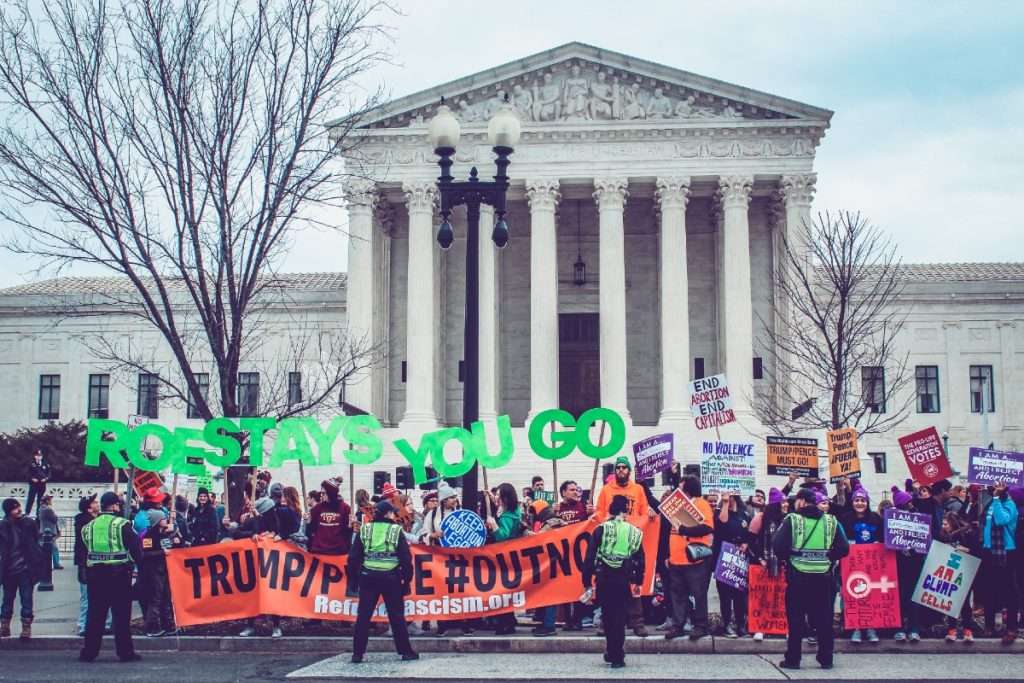
In wake of Texas legislation, Senate Bill 8, also known as the “Heartbeat Bill,” the push to “codify” Roe v. Wade has become louder and more insistent. Politicians, government officials, and interest groups are now calling for a codification of the 1973 decision and have been for some time now. This codification concept can be a daunting one to understand. Here are six basic Q&A’s that can help you understand and explain the codification situation…
So, what does codifying Roe v. Wade even mean?
Let’s start with what it means to codify something: to codify is to make a code of law. Codification is typically going to come from legislative acts or judicial decisions. Thus, when we consider the codification of Roe v. Wade, we are talking about turning that judicial decision into United States federal law.
Why is this potential codification harmful?
Codifying Roe v. Wade would strip the power of states to make their own abortion regulations. The individual states’ abilities to make their own abortion regulations is important and can be used for powerful good, as we’ve just seen with Texas’s Senate Bill 8. Texas has become an example of successful pro-life legislation, and other states are also currently pursuing copycat legislation.
Sign a Students for Life Action Petition against Codification here.
Students for Life President, Kristan Hawkins, remarked that, “Americans who oppose abortion should take heart- and take notes – from Texas.” Her comment highlights the individual freedoms of states. With such freedom to make their own regulations regarding abortion, states are able to incrementally prohibit abortion.
However, if Roe v. Wade is codified, all states must abide by the regulations within the federal codification, regardless of the wishes of their constituents. Even if the Roe v. Wade judicial decision is overturned after codification, abortion will still be protected by the federal law. This means that the abolition of abortion will be made much more difficult than before. Pro-life activists will have to repeal the federal law, which requires an affirmative vote from two-thirds of the state legislatures.
What’s happening with codification currently?
The current push for codification of Roe v. Wade is coming through the falsely named legislative bill, H.R. 3755, the Women’s “Health” Protection Act of 2021. A better name for this bill perhaps may be the Women’s Health Endangerment Act, as it will lead to countless women suffering from the emotional and physical harms of abortion, sometimes even death. This bill essentially bars state bans on abortions.

H.R. 3755 was introduced to the United States House of Representatives in June of 2021 and is sponsored by California United States Representative, Judy Chu. It still awaits passage in both the House and Senate and/or a signature of the United States President before it can become law.
Sign a Students for Life Action Petition against Codification here.
President Biden has been outspoken in his favor of this bill, and White House staff members report that his administration will continue to call for the codification of Roe v. Wade, as the United States Department of Justice also files a civil lawsuit against the Texas Heartbeat Bill.
What are people saying about codifying Roe v. Wade?
The topic of codifying Roe v. Wade was consistently brought up during the 2020 presidential elections. Almost all of the Democratic presidential candidates at the time supported such codification. These included Amy Klobuchar, Andrew Yang, Bernie Sanders, Beto O’Rourke, Cory Booker, Elizabeth Warren, Eric Swalwell, Julian Castro, Kamala Harris, Kirsten Gillibrand, Marianne Williamson, Michael Bennet, Mike Gravel, Pete Buttigieg, Seth Moulton, Steve Bullock, Tim Ryan, and Wayne Messam. Several of these politicians now are also sponsors of the Women’s Health Protection Act of 2021.

In pop culture, celebrities are also speaking out in favor of codifying Roe v. Wade. In response to the Texas Senate Bill 8, many celebrities have signed a Planned Parenthood petition, which makes the demand, “Bans off my body.” To name a few, these celebrities included Bella Hadid, Dua Lipa, Kerry Washington, Liza Koshy, P!nk, and Reese Witherspoon. On the Department of Justice filing a suit against Texas, Witherspoon tweeted, “No state in the US should ever remove Women’s constitutional rights to privacy.”
Do the American people actually want Roe v. Wade codified?
While much of mainstream media would have us believe that the public is by in large in favor of abortion and codifying Roe v. Wade, there is more behind the popular narrative.
According to a national poll done by the Institute for Pro-Life Advancement (IPA), there is not as much support for the Roe v. Wade judicial decision or the codification of Roe v. Wade as the media would suggest. Among other important findings from this poll, IPA found that 7 out of 10 Millennials and Generation Z want to be able to vote on abortion-related policy. This is relevant because codifying Roe v. Wade would take away the ability of the voter to change abortion policies in their state.
Sign a Students for Life Action Petition against Codification here.
The poll also found that more than 7 out of 10 respondents expressed support for limits on abortion. This would also indicate a disapproval of codifying Roe v. Wade, as the purpose of such codification, like H.R. 3755, is to take away abortion limitations.
What can we do to oppose the codification of Roe v. Wade?
It’s important to remember that our culture leads our policies. The best thing the Pro-Life Generation can do is to speak up, loud and clear. We need to tell our representatives to vote no to the Women’s Health Protection Act of 2021. This includes calling, emailing, and showing up to your United States representatives’ offices. We can show them that their constituents support the preborn and the states’ abilities to choose their own path in abortion regulations.

